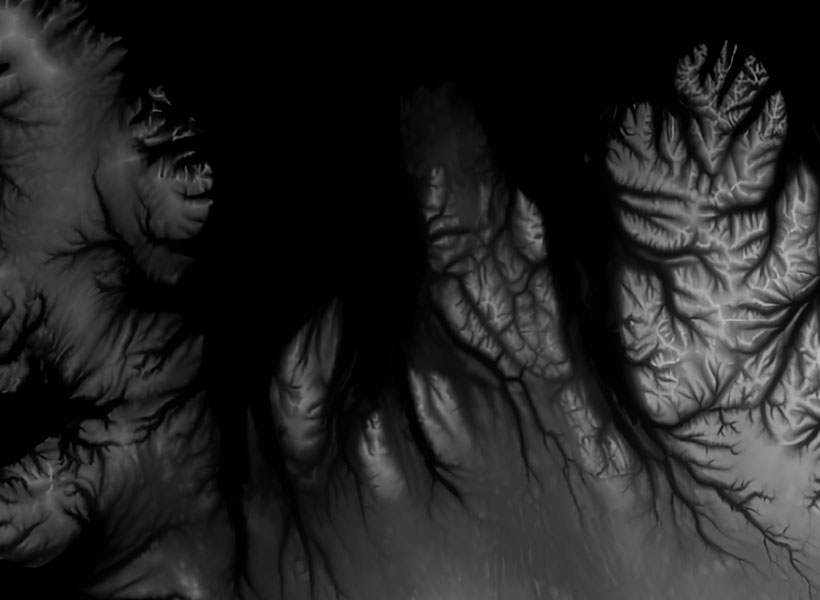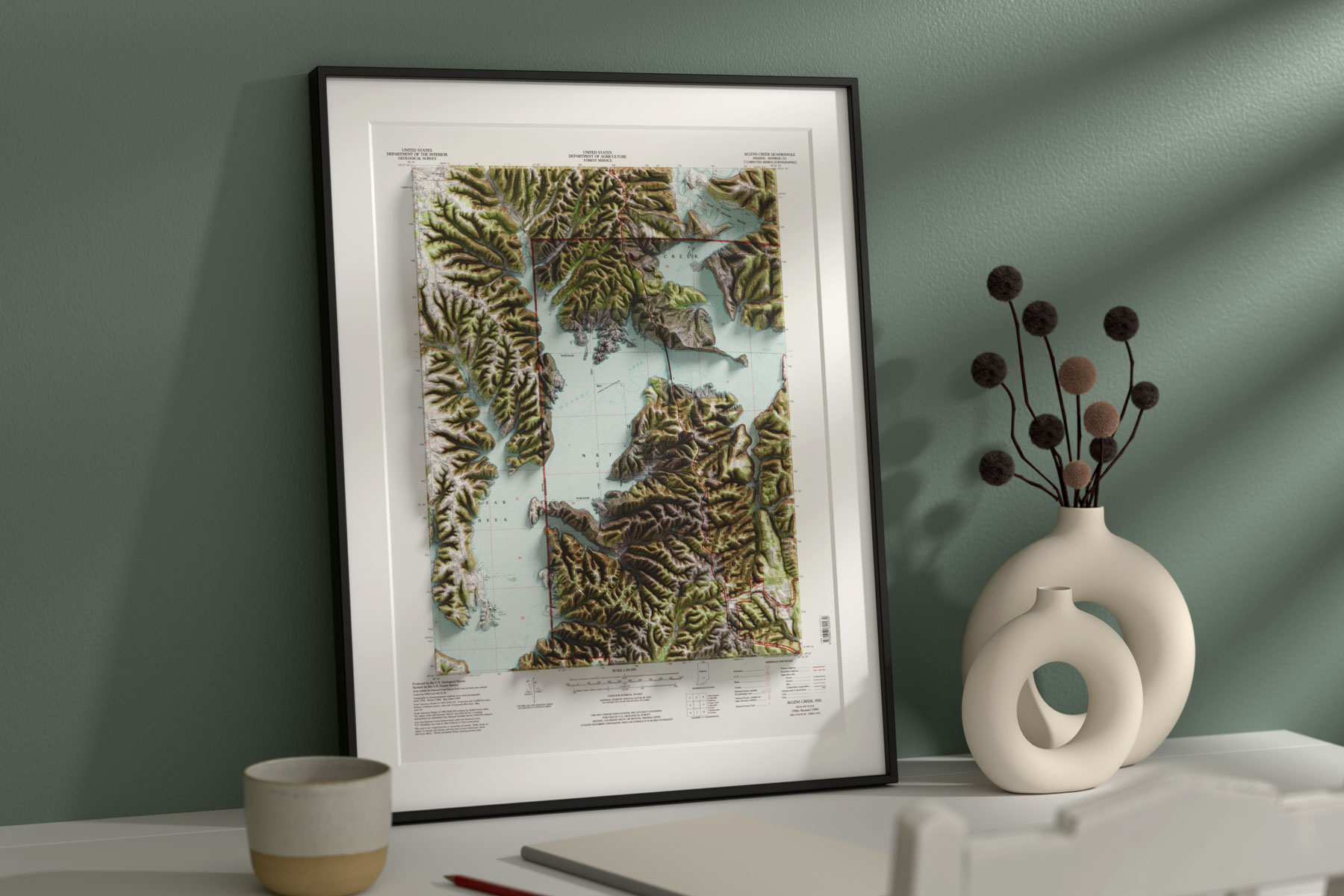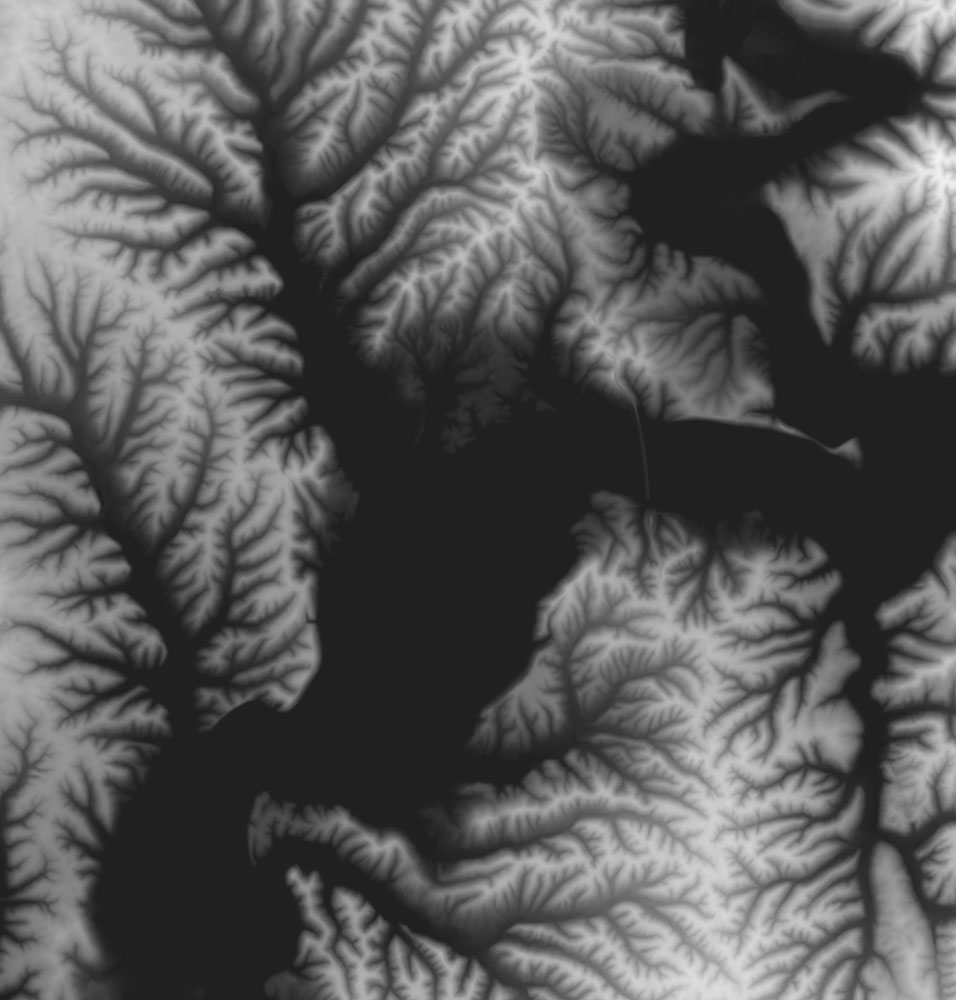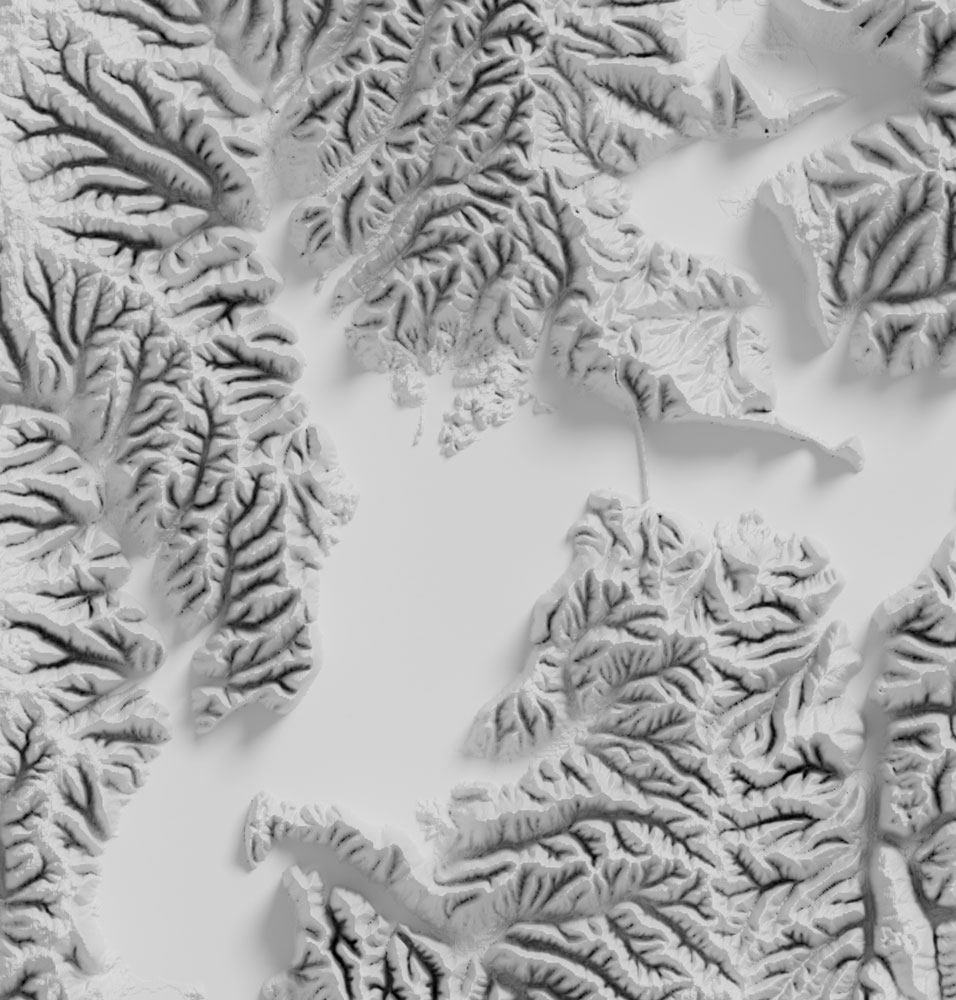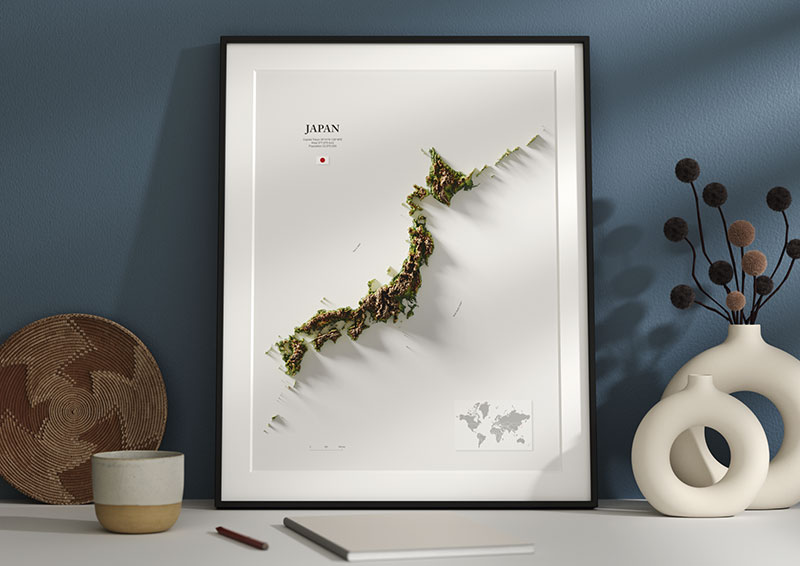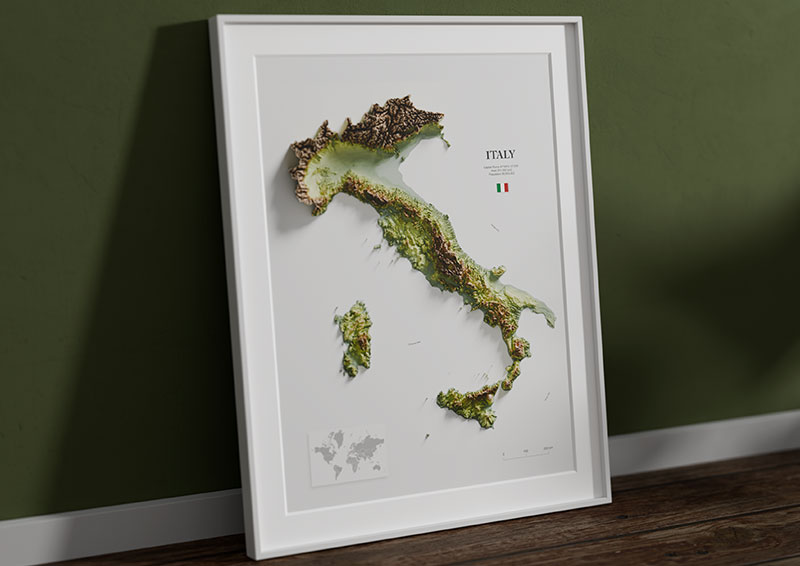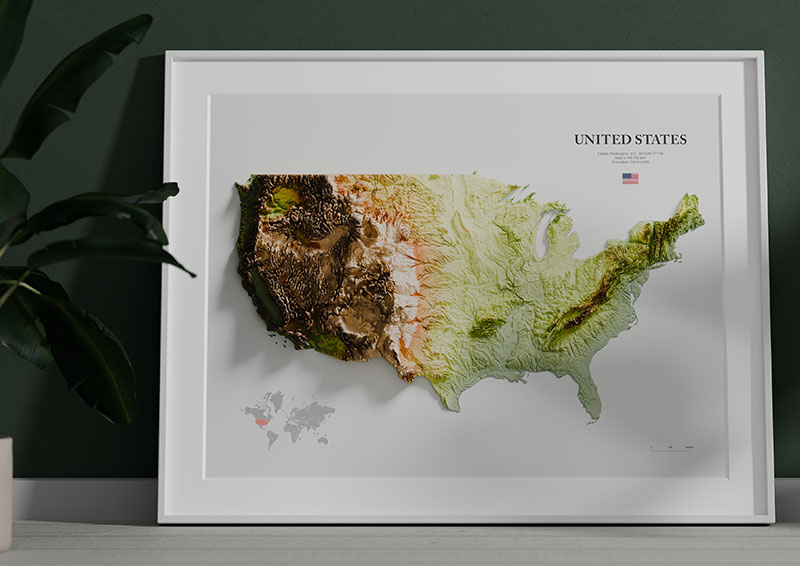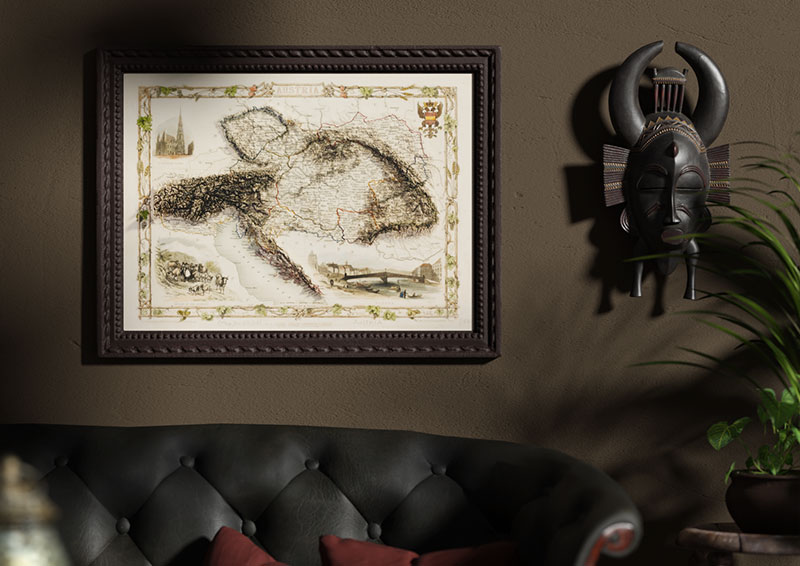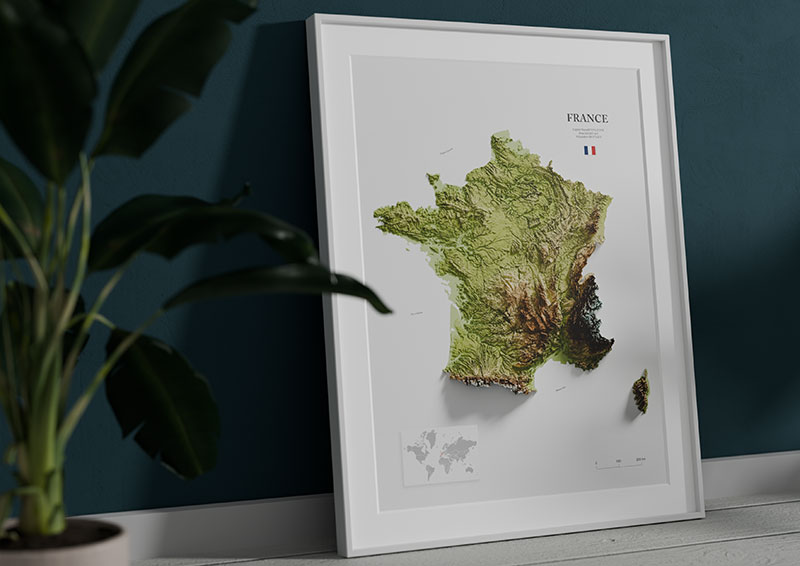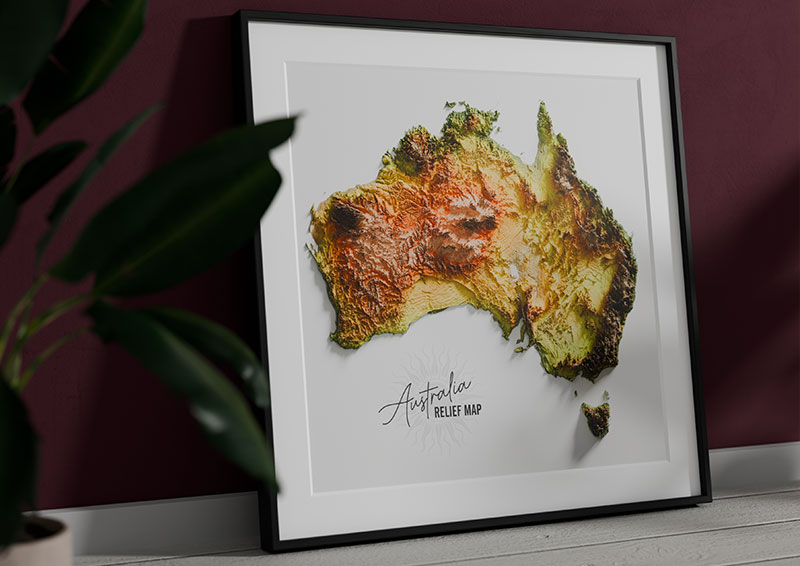Welcome to our 3D Relief Maps section, where you can learn how to transform your 2D vintage maps into captivating 3D relief models using downloadable heightmaps and texture sets.
Explore the art of cartography and elevate your vintage maps with our step-by-step guides and resources.
NOTE: This example features a hand-colored map of Iceland from Morten Hansen, the school principal, produced this map for Icelandic geography education, addressing the need for a suitable resource. It features colored counties and marked capitals, with design revisions by Þorvaldur Thoroddsen.
What are Heightmaps?
Heightmaps are grayscale images that represent elevation data of terrains. By leveraging these heightmaps along with texture sets, you can convert historical maps into immersive 3D relief models using software like Blender.
How to make a 3d relief map
To begin, select the area of your vintage map using our Location Browser and download the high-resolution heightmap-texture set. Next, use a photo editing tool like GIMP to adjust and apply the heightmap to your vintage map. Then, in Blender, generate a displacement map from the heightmap and use your vintage map as a texture to recreate historical landscapes in stunning three-dimensional detail.
Getting Started
- Location Selection: Choose the area of interest from your vintage map in our Location Browser.
- Download Resources: Obtain the hi-res heightmap-texture set corresponding to your selected area.
- Map Adjustment: Use GIMP or similar tools to align and integrate the heightmap with your vintage map.
- Blender Workflow: Import the adjusted heightmap into Blender, generate a displacement map, and apply your vintage map as a texture to create your customized historical 3D relief map.
Enhance your vintage map and breathe new life into it by utilizing our heightmaps and 3D modeling techniques.
This vintage example map from 1966/1994, along with thousands of others, can be found on the USGS Historical Topographic Map Explorer.




